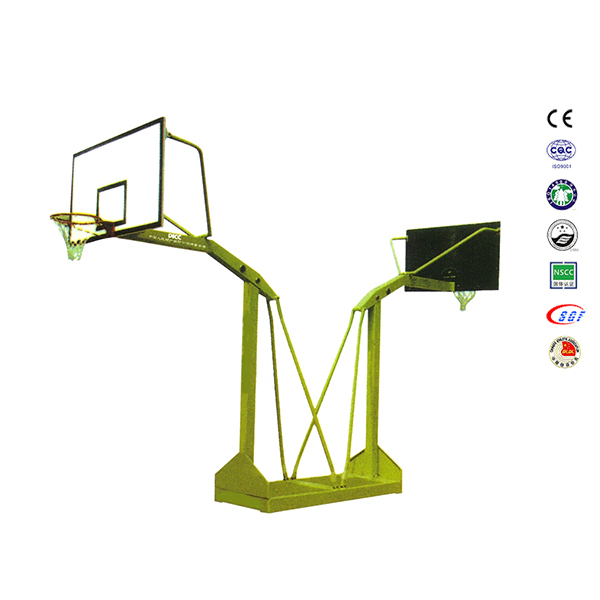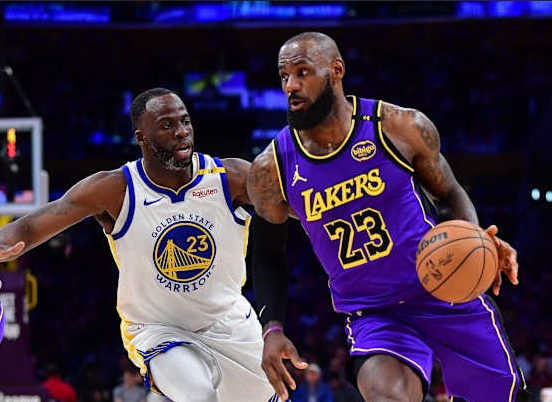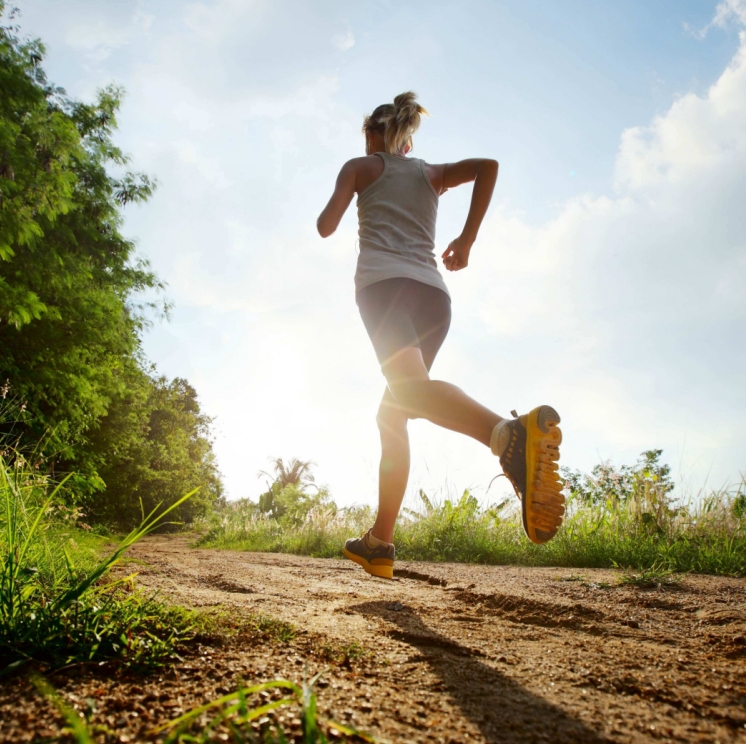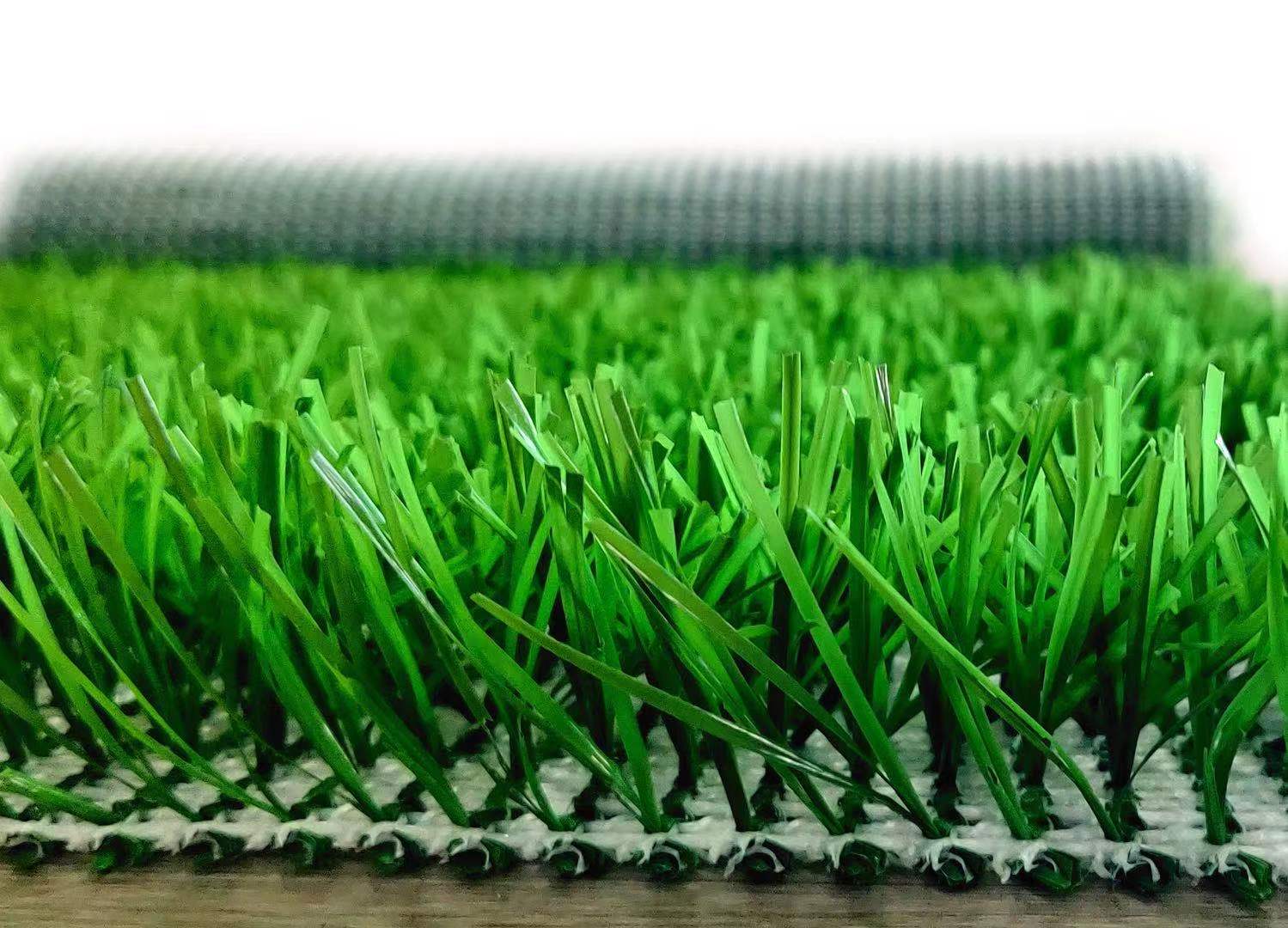Product
Sprint workouts on football field
Basic Info
After warming up, run 4,000 meters first, then do some targeted strength training, and then 10 sets of shuttle runs. These are just appetizers, and the real test is behind.
400 meters, required to be completed within 1 minute and 8 seconds. After running, relax in place, and after the heartbeat returns to normal, do 100 juggling balls, and then do the second time. Generally, 400 meters training requires 5-8 sets, and basically running to the 4th set is too much.
400 meters, required to be completed within 1 minute and 8 seconds. After running, relax in place, and after the heartbeat returns to normal, do 100 juggling balls, and then do the second time. Generally, 400 meters training requires 5-8 sets, and basically running to the 4th set is too much.
Hello everyone, today we share three speed and acceleration exercises that will give you a split second advantage, hope you like it!
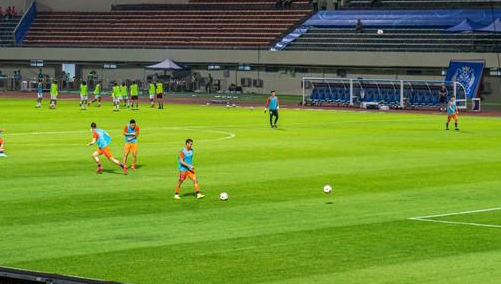
Next we set up the field, with three small gates, five steps apart from each other. We start at one end, accelerate to the second set of markers and then turn back to the starting point, turn around again and accelerate all the way through.
So we have to practice with and without the ball. It is recommended to repeat 10 times, 5 with the ball and 5 without the ball.
The field is set up like this, there is a starting wicket, one step away from each other, then we create a square in the middle, 45 degrees to the starting wicket, seven steps away, the square is four steps wide and six steps long, and there is also a wicket on the other side, also seven steps away, along the 45 degree direction.
We start from the wicket at one end, accelerate along the right hand side, then cross diagonally to the other side, and then accelerate through the wicket.
Then rest for 15 seconds, return to the starting point, and repeat the same action, but in the opposite direction, so we go to the left to go around the marker and through the wicket.
Rest for 15 seconds and return to the starting point. This time we again dribble the ball around the markers, across the diagonal, to the last wicket, and then repeat in the opposite direction. For this exercise, we recommend four repetitions without the ball and four repetitions with the ball.
The field is set up like this. We need 5 markers to form a starting wicket with the markers, one step away from each other, one marker placed 10 steps away from the wicket, and then two markers placed on either side of the middle marker, 5 steps away from each other.
We start at the wicket, accelerate to the middle, go around the two markers, we can choose to go left or right, go around the markers to the other side, return to the middle, and then return to the starting point.
Rest for 15 seconds and then repeat this movement, but in the opposite direction, and repeat this movement with the ball again, both left and right directions.
If we can complete this exercise within 10 seconds, it is a good result. If we can complete it within 9 seconds, it is quite good. If we can control it within 8 seconds, it is excellent.
Soccer games usually involve short sprints, so if we can improve our acceleration and change of direction, we can gain a split second advantage. Today's three exercises will ensure that we can get the ball one step ahead of others. Let's get started:

First exercise:
The first exercise is a good way to practice acceleration & turning, because there are a lot of changes of direction in soccer games, so sometimes we run in one direction and then suddenly have to change direction and accelerate in the completely opposite direction.Next we set up the field, with three small gates, five steps apart from each other. We start at one end, accelerate to the second set of markers and then turn back to the starting point, turn around again and accelerate all the way through.

Figure 1 - Field setup

Figure 2 - Exercise with the ball
So we have to practice with and without the ball. It is recommended to repeat 10 times, 5 with the ball and 5 without the ball.

Figure 3 - Practice with or without the ball
Second exercise:
Now we move on to the second exercise, turning at a certain speed, because during the game we may have to get rid of the defender, so we run in one direction, then quickly change direction and accelerate, so that we can create space to catch the ball.The field is set up like this, there is a starting wicket, one step away from each other, then we create a square in the middle, 45 degrees to the starting wicket, seven steps away, the square is four steps wide and six steps long, and there is also a wicket on the other side, also seven steps away, along the 45 degree direction.

Figure 4 - Field setup
We start from the wicket at one end, accelerate along the right hand side, then cross diagonally to the other side, and then accelerate through the wicket.

Figure 5 - Run along the diagonal line
Then rest for 15 seconds, return to the starting point, and repeat the same action, but in the opposite direction, so we go to the left to go around the marker and through the wicket.

Figure 6 - Running without the ball

Figure 7 - Four repetitions with and without the ball
Third exercise:
Now we move on to the third and final exercise, which is called the T-drill, and is used by clubs and academies around the world to test the speed and agility of their players.The field is set up like this. We need 5 markers to form a starting wicket with the markers, one step away from each other, one marker placed 10 steps away from the wicket, and then two markers placed on either side of the middle marker, 5 steps away from each other.

Figure 8 - Field setup
We start at the wicket, accelerate to the middle, go around the two markers, we can choose to go left or right, go around the markers to the other side, return to the middle, and then return to the starting point.

Figure 9 - Running T
Rest for 15 seconds and then repeat this movement, but in the opposite direction, and repeat this movement with the ball again, both left and right directions.
If we can complete this exercise within 10 seconds, it is a good result. If we can complete it within 9 seconds, it is quite good. If we can control it within 8 seconds, it is excellent.

Figure 10-Drilling with or without the ball
More LDK football product recommendations:
Football Cage
Futsal Goals
Metal Football Goal
Aluminum Football Goal
Foldable Football Goal
Portable Football Goal
Mini Football Goal
LDK sports equipment manufacturer's promotion is in progress: Click to contact us now






